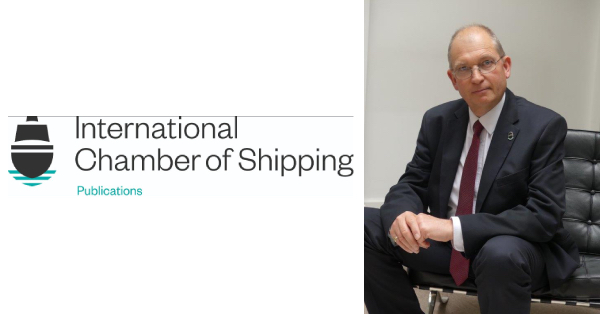In recent years, shipping has rapidly developed and evolved to meet new realities, from working with low flash point fuels for net zero requirements to operating in polar regions, prompting changes to regulations in the IMO International Convention on Standards of Training, Certification and Watchkeeping for Seafarers (STCW). STCW was designed to regulate the training and certification of seafarers and forms the basis for standards of crew competence that are enforced worldwide. A related challenge now faces shipping companies regarding crewing their ships with appropriately trained personnel.
To support the industry with adapting to these changes in regulations, the International Chamber of Shipping (ICS) has published a fourth edition of its Guidelines on the IMO STCW Convention to help shipping companies stay completely up to date on the latest regulations and guidance required to comply with STCW, including industry best practice and the training requirements of the associated codes, such as the International Code of Safety for Ships using Gases or other Low-flashpoint Fuels (IGF Code) and the International Code for Ships Operating in Polar Waters (Polar Code).
This fourth edition covers the developments to the Convention and Code since the 2010 Manila Amendments, but most importantly, recognises that the working environment to which it applies has evolved.
Chris Oliver, ICS Principal Director – Marine says: “Changes in technology, onboard processes, and a greater understanding of the importance of crew welfare provide a new environment against which STCW must operate. This new publication, our first STCW update in 10 years, recognises those factors and presents the information as it applies to modern working, including supporting a better understanding of work/rest hour compliance with both STCW and MLC.”
ICS’s Guidelines on the IMO STCW Convention, Fourth Edition uses modern infographics, decision-flow diagrams, and color-coded visual aids to help shipping companies identify the differences between the mandatory and guidance parts of the Code. This updated edition will help them understand exactly what seafarer training is needed to ensure compliance on board, as well as know what is considered industry best practice. It covers certification, watchkeeping and record keeping, competence-based approaches to training for particular ship types, and the role of shipping companies and the government in implementation and enforcement of STCW.
Targeted at those involved with the employment and training of seafarers, including masters, superintendents and crewing agencies, the fourth edition is intended as a stepping stone to subsequent editions, beginning in 2026 when the International Maritime Organization (IMO) prepares to adopt a new STCW Convention, which would go into effect in 2028.
Guidelines on the IMO STCW Convention covers an overview of the STCW Convention as well as the new regulatory changes that affect training, including:
- International Code of Safety for Ships using Gases or other Low-flashpoint Fuels (IGF Code).
- International Code for Ships Operating in Polar Waters (Polar Code).
- New requirements for familiarisation training for crew on Ro-Ro Passenger Ships.
- Changes to Chapter V regarding tanker training.
- Updated guidance for crews operating dynamically positioned (DP) vessels.
Guidelines on the IMO STCW Convention, Fourth Edition is priced at £135 and is available in print and digital ebook versions.










































